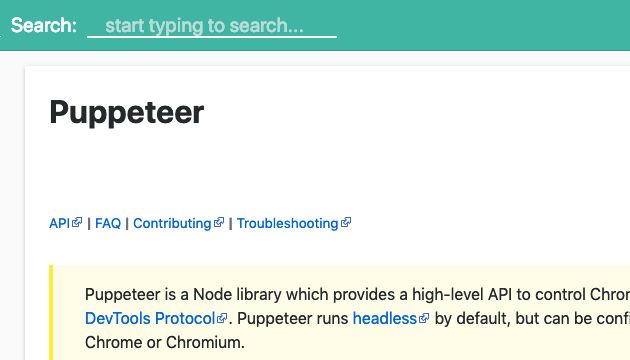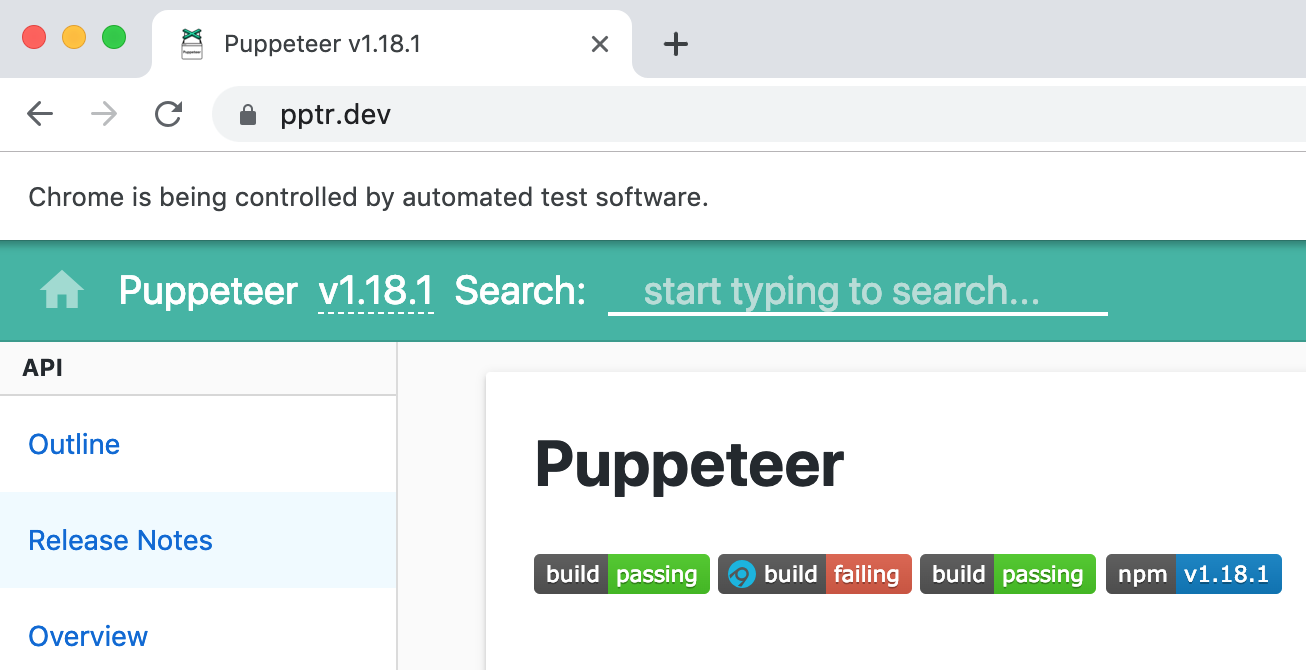

Puppeteer uses several defaults that can be customized through configurationįor example, to change the default cache directory Puppeteer uses to installīrowsers, you can add a. Include $HOME/.cache into the project's deployment.įor a version of Puppeteer without the browser installation, see Your project folder (see an example below) because not all hosting providers Heroku, you might need to reconfigure the location of the cache to be within Downloading an image by simulating button click In the first example, we will take a look at a simple scenario where we automate a button click to download an image. If you deploy a project using Puppeteer to a hosting provider, such as Render or The browser is downloaded to the $HOME/.cache/puppeteer folderīy default (starting with Puppeteer v19.0.0). The problem is I haven't found any Puppeteer configuration I can use for such purpose.When you install Puppeteer, it automatically downloads a recent version ofĬhrome for Testing (~170MB macOS, ~282MB Linux, ~280MB Windows) that is guaranteed to Click any example below to run it instantly proxy whatsapp-web.

In case you download the buffer it will wait until the buffer is downloaded before processing the next request.

The problem is: Chromium is downloaded at npm install time, and it's done selectively based on the current platform. The following code will process each request one after another. It works nice-and-smooth except for this issue:Ĭhromium is not downloaded exception is thrown when the app is executed on a platform different than the one the app has been packaged on.īetter said, I'm developing on a Linux environment and I'm packaging my app for both Linux and Windows, Linux app works fine, Windows app doesn't. I'm building a UI-automator with Puppeteer and I'm shipping it as a Electron-packaged app.


 0 kommentar(er)
0 kommentar(er)
